As one the most sacred and powerful medicines of the indigenous peoples of the Amazon, ayahuasca, in the form we know it, has long been spoken of as an ancient tradition. A basic internet search yields dozens of results which put its origins at about five to eight millennia ago. Sources behind these claims, however, are nowhere to be found—because they don’t actually exist.
The absence of evidence isn’t necessarily evidence of absence—ayahuasca might well be an ancient potion. But, learning about its usage among the different Amazonian tribes throughout the recorded history can shine some light on how and why ayahuasca is used. Some surprising findings and ideas imply that the ceremonies and brew we know of today might be fairly recent evolutions in South American Indian shamanism.
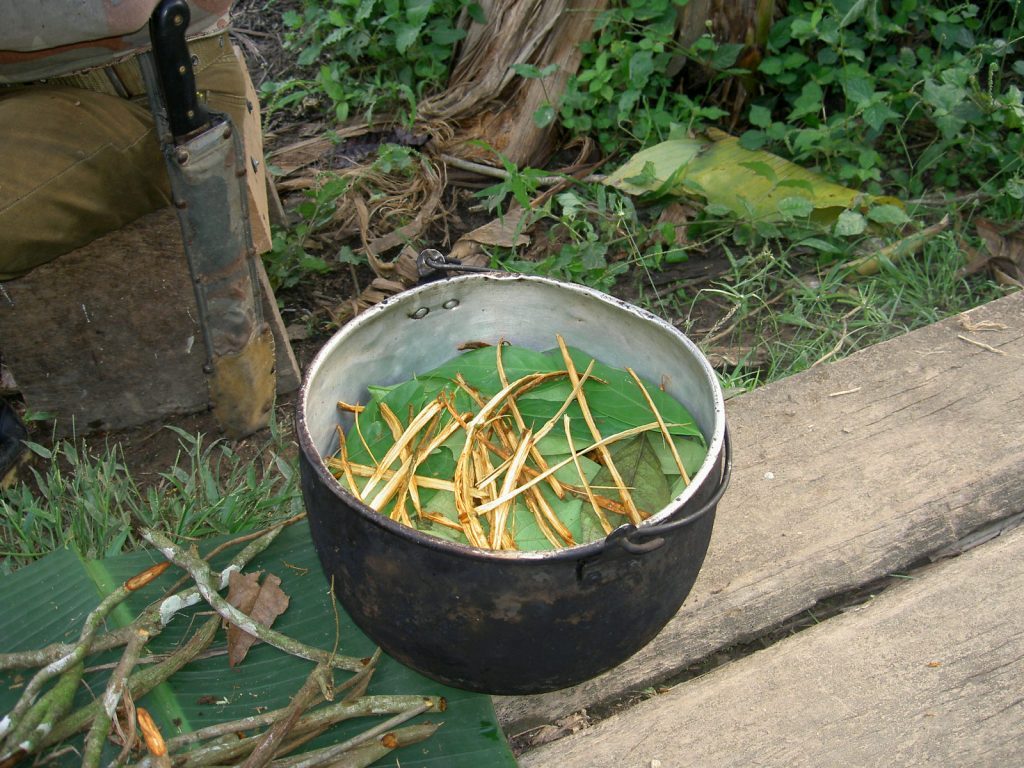
The Roots of Ayahuasca’s Power
The potion that is ayahuasca, composed of the vine ayawaska (a coined phrase from the Quechua language meaning “vine of the soul”—most commonly the liana Banisteriopsis caapi) and a DMT-containing admixture plant usually called Chakruna (Quechuan for “mixture”—most commonly leaves of Psychotria viridis or Diploptrerys cabrerana), is a conundrum even at the level of its name.
In these modern days of ayahuasca use, the brew’s significance is frequently attributed to its N,N-Dimethyltryptamine (DMT) content. The prevailing belief is that the vine (B. caapi) is there only to allow for the Chakruna leaves’ active ingredient DMT to be ingested orally and take effect. The chemistry is simple—the monoamine oxidase inhibitors (MAOIs) inside the vine stop the monoamine oxidase enzymes from breaking down the DMT molecules in the leaves of the other plant. This allows the DMT to cross the blood-brain barrier and give us all those incredible visions we never could have imagined. But, here’s a question—if DMT were the main aspect of the brew, how come the plant containing it isn’t the one called ayahuasca?
The answer is: the DMT experience is not (traditionally speaking) the point of drinking ayahuasca. The DMT-centric view was what the psychedelic community took away from the reports of Terence McKenna, one of the pioneers of psychedelic and ethnobotanical research in the Amazon. His wild, in-depth descriptions of smoking crystal DMT always overshadowed the more subdued, circumstance-based ones of his ayahuasca journeys, and his deeper understandings of the elements of the brew (published in his books) were not as popular as his picturesque raves of the realms of the beyond. DMT does indeed bring the vivid, alien, long-lasting, and stable visions to the mix, which can appear to provide (overtly) far more substance than the subtle, often unnoticeable healing effects of the vine on its own. This is why the attention on DMT is, to this day, so disproportionate.
The purpose and source of spiritual and divinatory content, where the majority of the power of the brew comes from, lies in the vine itself. Chakruna (“mixture”), as its name suggests, is just one of the myriad plants that the indigenous peoples combined with ayahuasca, and it happened to cause intense and interesting effects, which would originally be employed quite rarely by indigenous societies, but grew in popularity exponentially with the influx of foreign travelers exploring the Amazon basin.
To find legal Ayahuasca retreat providers around the world, check out Third Wave’s vetted Directory.
Traditional Ayahuasca Use
The actual traditional shamanic way of brewing ayahuasca (for the purposes of healing and divination) is without any admixture plants, purely from the “vine of the soul.” The parallel can be seen in linguistics: although Quechua is the main language related to ayahuasca use in South American Indians, and ayawasca the most common name for the brew, even in other indigenous language groups the same name is used both for the vine and the brew. The Tupi call it caapi, the Tucanoa say yajé or kaji, the Jivaroa natem, the Panoa shuri, and the Arawaka kamalampi.
In the traditional healing context, ayahuasca would normally be taken only by the shaman. They are medicine men of great power and experience with the vine, and they use it as a tool for divination—the diagnosis and treatment of the illness they are curing. The interest western travelers developed in the brew is what actually propelled it to the state of the be-all and end-all in modern quests for spiritual healing and advancement.
Members of most tribes throughout the Amazon would drink ayahuasca once or twice in their lives, but would usually find the experience unpleasant, and would decline it when offered further on, preferring to leave this work to the trained professional. There are, however, a few other contexts and communities in which ayahuasca use is more functional and social. The Waorani, for example, would fast with ayahuasca in order to improve their hunting skills. The Tukanoa in the Upper Amazon would use it when performing ceremonial dances, and the Sharanahua in Central Amazon use it for bonding rituals.
The Intangible Connection
Indigenous peoples of the Amazon hold the vine in high regard. The different cultures all have their own classifications, with some tribes recognizing and using upward of 20 different strains. These are all botanically identical to B. caapi, but the shamans don’t concern themselves with plant taxonomy as instated by western science—they differentiate the strains based on they type of soil they come from, the time of harvest, their spiritual value, and the types of visions they can incur, or healing they can facilitate.
As such, some strains serve to determine strategies for different aspects of tribal life, such as hunting or migrations; others give the shaman an ability to locate a missing object or person; some are there to ascertain which brujo or bruja (witch) struck evil magic upon a member of the tribe who’s fallen ill; certain types give visions of heaven or “Seronhai, a place where the dead stay”; others yet give shamans the tools to perform various healing rituals, or the tribe inspiration for a ceremonial dance or other magico-religious activity.
Through this extensive familiarity with the various types of B. caapi having distinct spiritual purposes we can understand that the vine originally served as a potent visionary tool on its own. In fact, some of the names for strains come from the colors of the visions they induce: red, blue, white, black, yellow, etc. Some come from the visions of animals that are projected under the effects: boa, jaguar, monkey head, or the desired prey of tomorrow’s hunt. The interesting part is that these visions aren’t necessarily visual, but can manifest in all the senses, as well as in extrasensory ways. The shamans know how to feel them with their spirit.
Richard Evans Schultes, the pioneer of ethnobotany and one of the most dedicated researchers of Amazonian tribal life, reports in his books about the unique abilities of indigenous Indians experienced with ayahuasca to recognize different types of the vine from afar, without even needing to sense the vine by touch, taste, or smell. This remarkable effect is the product of sensitization to the plant due to communing with it for extended periods of time.
Shamans-in-training would spend months, even years in isolation in the jungle, upholding a strict diet of bland and limited foods, and maintaining a sasina (fast) with ayahuasca in order to learn its powers. It is said that, after a full two years of sasina with the vine, even only smelling the brew or touching the plant is enough for a curandero to cross over into its realms.
In addition to ayahuasca, they would train with other plants, mixing them with the brew in order to understand their healing potentials. Supposedly, a certain kind of spiritual communication develops between them and the plants, enabling the shamans to “ask” what they do and how to use them.
For healthy skeptics growing up in the modern world, this can be a tough cookie to swallow. But, think about this for a second—if animals have the ability to use plants for their medicinal, or even psychotropic effects, without extensive research available to tell them which ones do what, shouldn’t humans also have this function, buried somewhere under all the layers of thought we’re taught to use as our main method of understanding and interacting with the world? Doesn’t it make some sense to think that all the work shamans put into learning about the plants that surround them really brings them closer to the kingdom of flora and sheds all the layers standing between pure being-to-being connection?
This, at least, is how the indigenous people explain their astounding knowledge of the infinite natural pharmacy they inhabit. Of the 80,000 or so thus far catalogued (and some 1,000,000 more estimated) plant species growing in the Amazon jungle, it seems highly unlikely that trial and error would suffice as a means to discover effective ways to treat people who fall ill. According to the Indians, ayahuasca, the “Mother of all plants” is the teacher passing on the knowledge about individual plants and their combinations that can serve as medicine for various conditions.
The Origins and Purpose of Ayahuasca and DMT
As for the ayahuasca brew that we know today – the synergy of Banisteriopsis caapi and a DMT-containing plant such as Psychotria viridis or Diploptrerys cabrerana (which also contains 5-MeO-DMT) – we can only speculate on the original purpose of this mixture. From what we know, many plants from the Psychotria family were used as purgatives on their own. Purging was, and still is, held in high regard in some tribes of the Upper Amazon as an efficient means of detoxifying the body of parasites. This is why it makes sense to assume, as eminent researcher Steven Beyer does, that the DMT-rich species P. viridis was first added in to create a more potent emetic. By chance, it turned out to potentiate the visionary aspect of the vine in a way that would dramatically alter its functionality.
What the DMT-containing plants bring to the brew, according to indigenous reasoning, is light and clarification of the visions already held in the vine. The monochromatic, shapeless apparitions that come from a vine-only concoction, channeled by the DMT admixture take on glorious meta-dimensional forms that get adorned with astounding colorful light shining through eternal, morphing textures. Worlds impossible to dream up blossom one after another as the soul of the drinker follows the ancient tunes of the shaman’s icaros. It’s easy to see how these powerful displays of alternate realities can be comprehended as the main value of the brew. Take it all away, and you would need much higher sensitivity to be able to tune into the tacit healing that the vine is performing in the background all along.
DMT-containing plants also have their own place in the history of indigenous medicine. Beans of Anadenanthera peregrina, which contain bufotenine, 5-MeO-DMT and DMT, were likely what the numerous snuffing trays, bowls, tubes, and pipes, uncovered by archeologists throughout South America, were used for. The beans would be pulverized and the powder, known as vilca (Quechuan for “sacred”), blown into the nostrils or smoked, to achieve hallucinogenic effects and color enhancement, which would eventually devolve into full-body nausea. Some of these artefacts are quite beautiful, with elaborate ceremonial carvings characteristic of the ancient cultures that created them. The oldest ones have been dated to around 1200 BC, whereas the ones in which the presence of Anadenanthera has been chemically confirmed are dated to around 570 AD. It is assumed that the indigenous people would have a heightened sensitivity to DMT, due to their more natural diet without processed and aged foods, which in western humans increase the amount of monoamine oxidase enzymes, responsible for destroying DMT molecules.
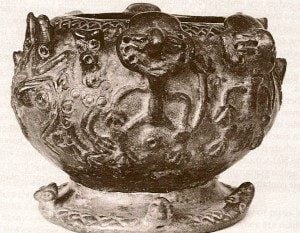
So, the use of DMT definitely has a long history, maybe even longer than that of ayahuasca. The problem with tracing the latter is that the archaeological evidence for consuming a liquid is much less distinct than that for snuffing or smoking something—ceremonial cups that have been excavated could well have served other purposes.
Still, even though we might never find out more about its origins, just learning about the lore behind indigenous ayahuasca and DMT use from the history we have available brings us fascinating insight into the magical reality of these seemingly basic communities. And, remember—these amazing, infinite, alternate realities available to everyone’s astonishment lie tucked away in something most of us pass by and barely acknowledge in our busy, modern lives… Universes hidden in plants.
If you’d like to learn more about ayahuasca from some of the world’s leading ethnobotanists and anthropologists, head over to Kahpi for access to their ayahuasca course. Signing up to Kahpi will also support our mission at Third Wave!
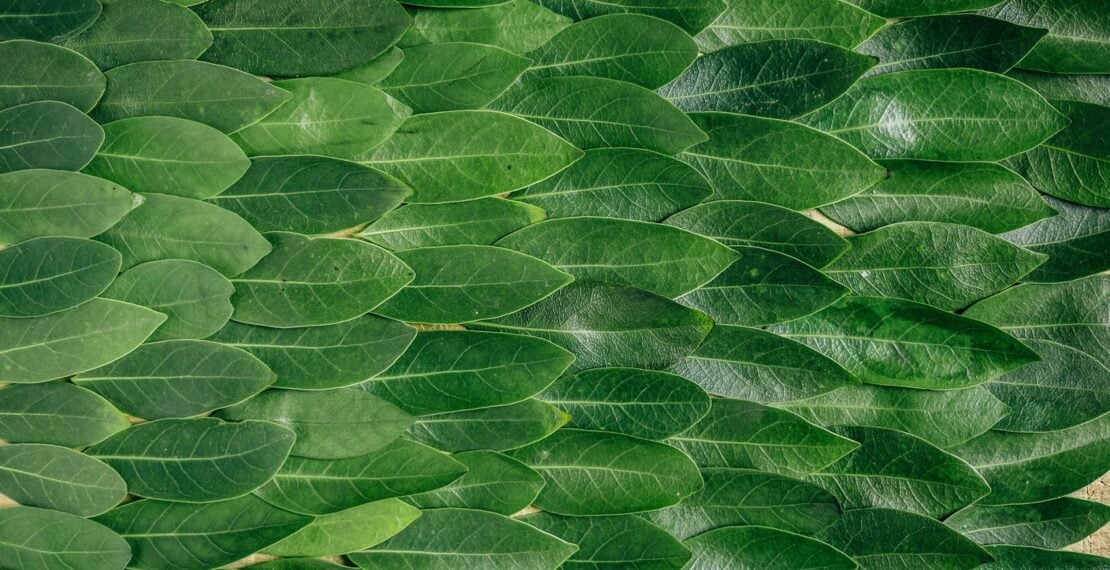
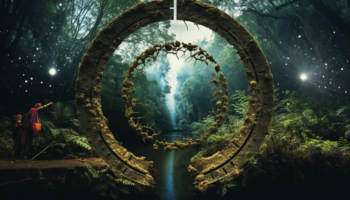
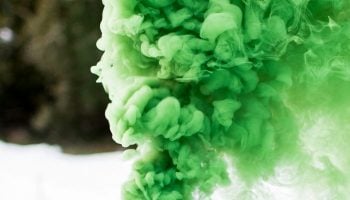




Suffering from a double stroke five years ago left me mentally and physically impaired. I am hopeful that there may be hidden secrets in Psilocybe and mushrooms that will help me in the future, if only these study continue and more Valuable uses will be explored especially for people like me.
Hi Dolores. Damaged neurons and cells can’t be repaired, but they can be replaced with new ones. Everything you do or experience grows new neuron pathways for you. Learning a musical instrument or studying a new language are good, and so is exercise. And I believe that you are right about psilocybin as well. I believe that psychedelics are a good way to accelerate the growth of new neuron pathways and that they could help you. You can’t wait for studies to catch up. If you have an opportunity to use psychedelics in a careful way, I think they could benefit you. Whether you have access to psychedelics or not, the other things I mentioned could also help. Good luck.
There’s so much more about Ayahuasca, it’s traditions and history than just the north amazonian indians and their past. Please don’t try determining the history by looking at the really smallest part of It. If you haven’t included anything on the Brazilian tribes or references you better dig deeper before stating some of your assumptions about traditions, history and ceremony. Haux haux, respect.